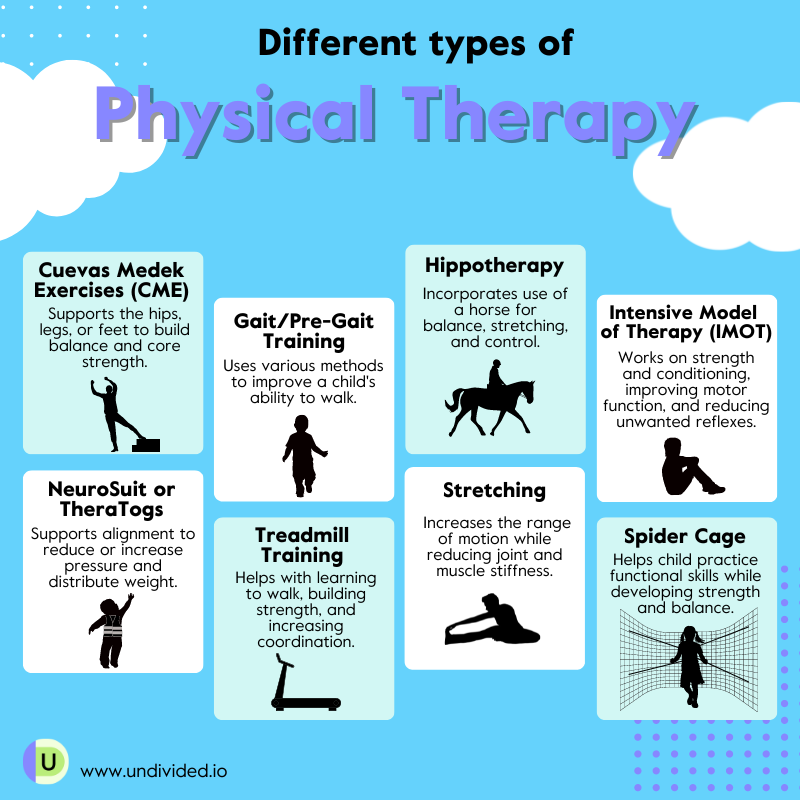Developing a workspace that promotes health and efficiency is essential in today’s fast-paced workplace. Ergonomic science, the discipline of how individuals engage with their work environment, plays a vital role in achieving this goal. By adopting key ergonomics-based principles, professionals can improve their comfort, reduce the risk of injury, and enhance overall efficiency in their daily activities. Recognizing and utilizing these principles can lead to substantial benefits for both employees and companies alike.
One of the initial steps in understanding ergonomics is to evaluate the workstation setup. This includes the organization of workstations, seating, monitors, and other equipment. A office chair should offer adequate lumbar support, allowing the lumbar region to maintain its proper curve. The level of the desk should be adjustable so that when in a chair, elbows remain comfortably at a 90-degree alignment while keyboarding. Additionally, computer screens should be aligned at sightline to reduce neck strain. Effectively organizing these factors creates a framework for a productive workspace.

Another key aspect is the significance of physical activity over the course of the day. Remaining in one position for too long can cause discomfort and wellness concerns. Therefore, it is advisable to include routine pauses into the work routine. Basic actions such as getting up, stretching, or moving about can reduce muscle fatigue and enhance blood flow. Encouraging staff to move not only supports their physical well-being but also increases concentration and attention during work.
Illumination in the office also holds an significant role in ergonomics. Insufficient lighting can cause eye strain and migraines, which can seriously impact performance. Natural light is optimal as it minimizes glare and creates the check over here work setting more enjoyable. However, incorporating adjustable desk lamps with diffused lighting can increase visibility without leading to discomfort. Making sure that workspaces are well-lit helps in establishing an setting conducive to focus and effectiveness.
Lastly, encouraging proper habits concerning seating posture is vital for sustaining a ergonomic workplace. Staff should be informed on the benefit of sitting up straight and placing their lower limbs flat on the floor. Employing ergonomic accessories like wrist supports or adjustable trays can further improve comfort while working. By building knowledge about posture among employees, employers can create a culture of well-being that results in greater efficiency and employee fulfillment.
In conclusion, understanding recommended read workplace ergonomics is vital for creating an productive and well-balanced office. By assessing workspace arrangements, supporting physical activity, improving workplace lighting, and fostering good posture habits, both staff and organizations can realize meaningful benefits. Investing effort and resources into ergonomics not only improves employee wellness but also fosters a more productive workspace as a whole.